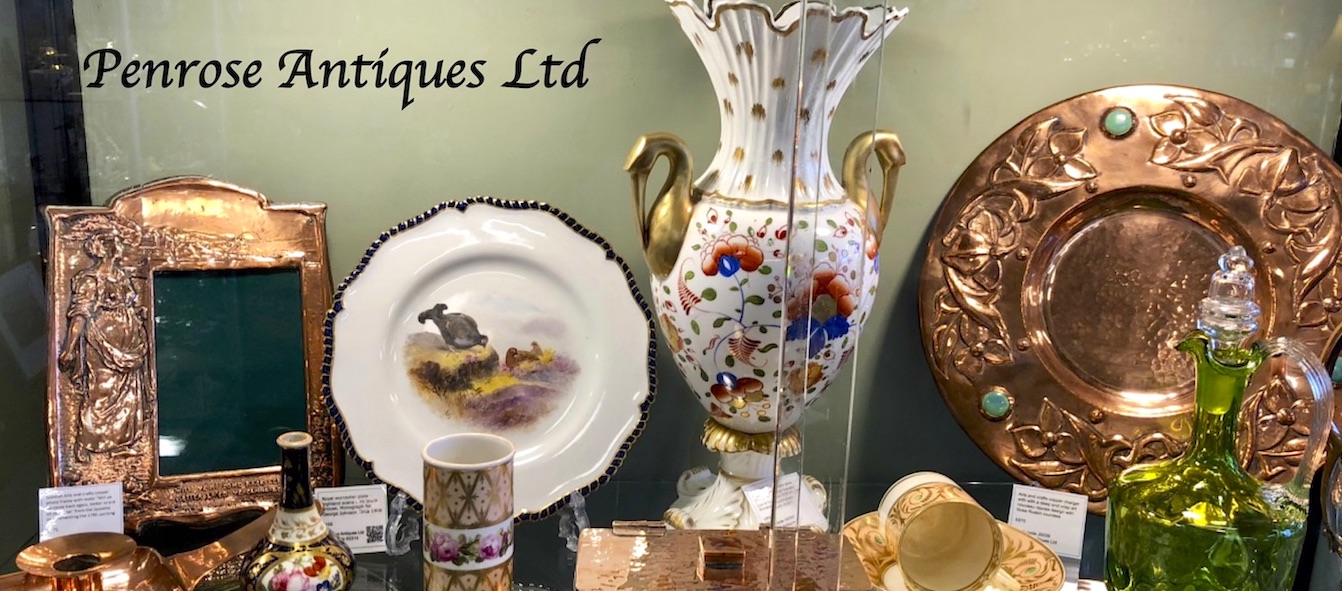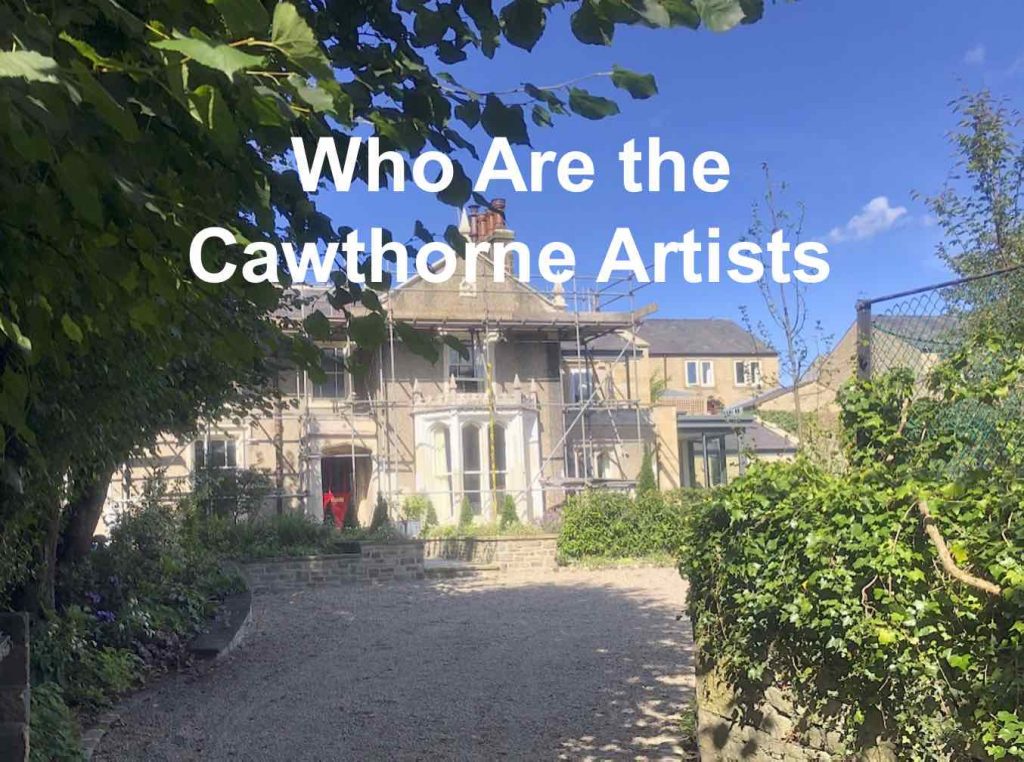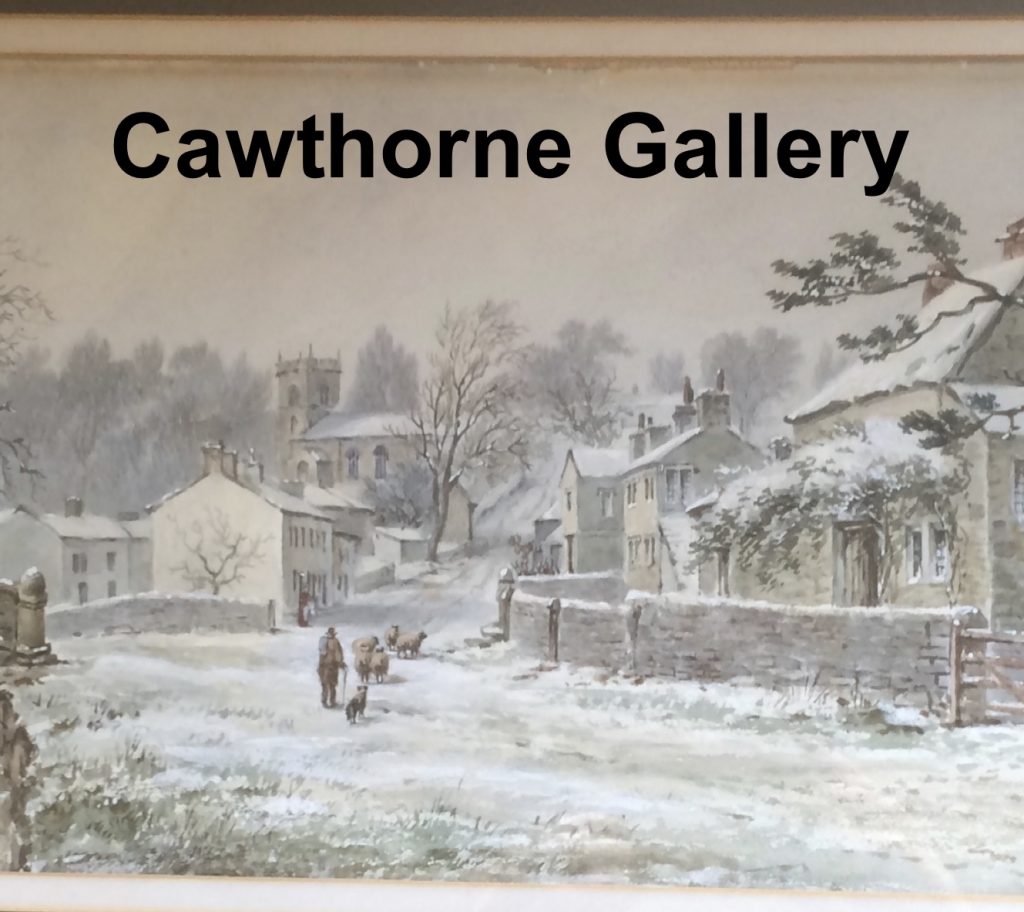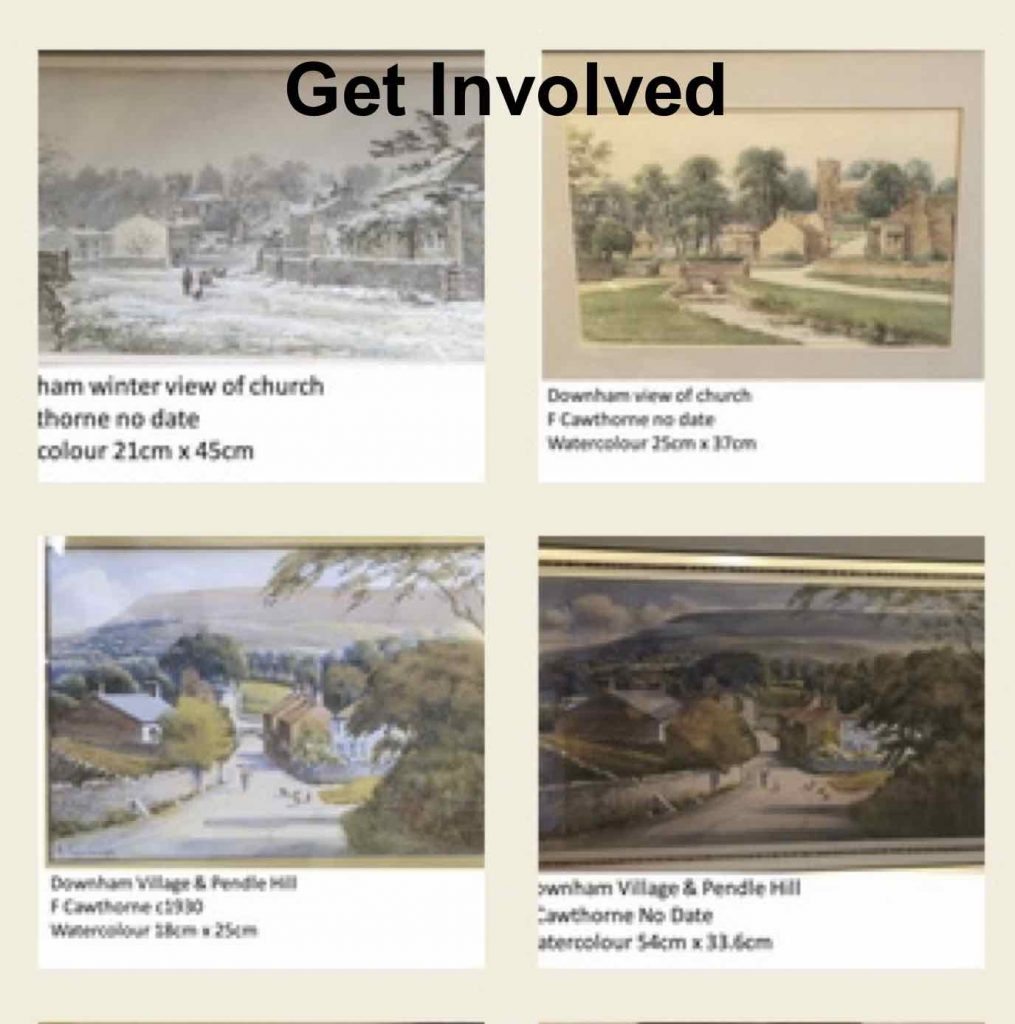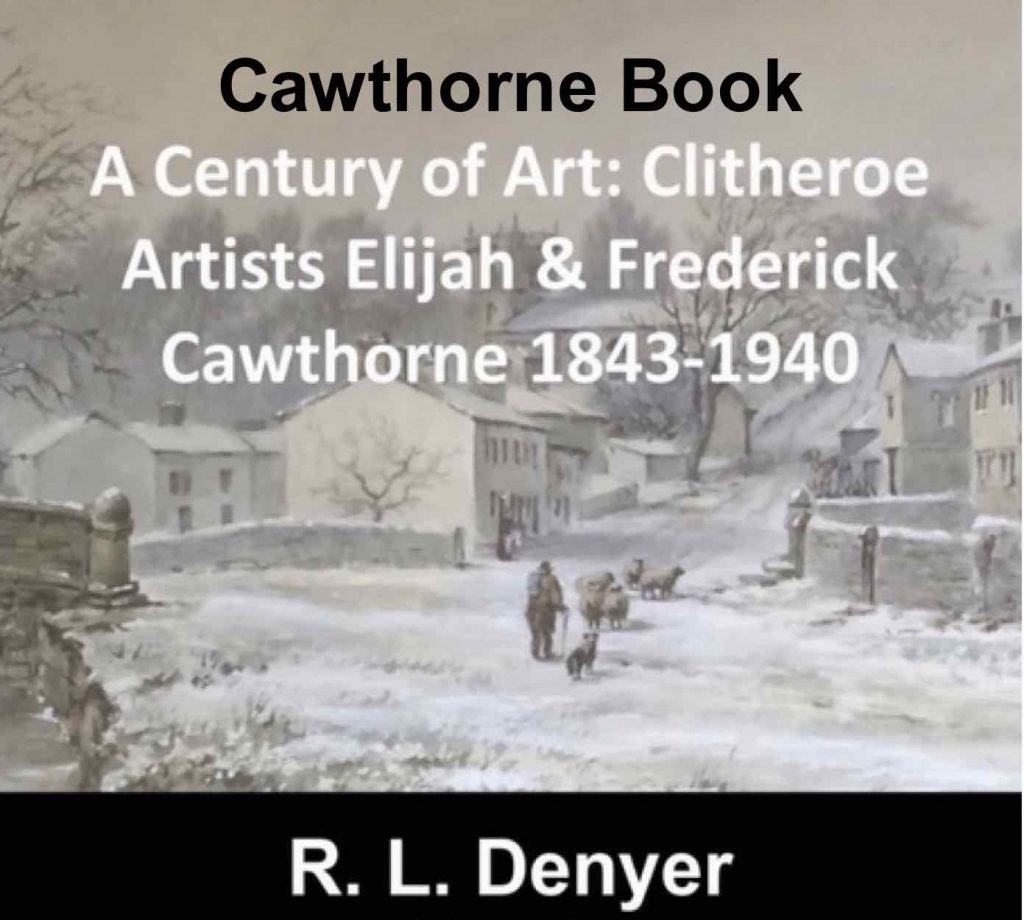Most of the Cawthorne artworks depict the landscape and communities within a 30 miles radius of Clitheroe. ‘Local professional artists’ is an apt description for them.
The Cawthornes were able to sell sufficient works to make a living as artists for over 60 years. The very local nature of the scenes in their paintings reflects that they had no need to paint either a wider geographical area or a wider subject matter. Such artists were part of their local communities prior to 1940, making a living from selling recognised landmarks and landscapes within the local area. This level of commercial artistic activity suggests a deep-rooted community with strong ties to the region, as well as a strong sense of locality and regional identification.
Collectively, the Cawthorne artworks form an important archive of the area from the 1860s to 1940, a period before high-resolution, high-quality photographs were widely available. Their artwork is a record of changes to local communities and the landscape over time.
To illustrate this we have put together the videos below showing some of the Cawthorne works in conjunction with contemporary images of the same locations.
Downham and Pendle Hill (Frederick Cawthorne)
The painting shows Downham village from the top of the hill near the church, looking down into the village and towards Pendle Hill, and a contemporary view of the same view.
The painting depicts a peaceful, rural scene. A sole woman with a dog, is walking down the hill and away from the viewer. There are several chickens in the road. Smoke rises from the chimneys of the cottages at the bottom of the hill, indicating the presence of other villagers. The woman may be alone, but she is part of a community life. The scene is set in late afternoon, as the sun is coming from the west, casting shadows across the road. The smoking chimneys on a sunny afternoon indicate cooking rather than heating. Her small basket, coupled with the woman being on foot, indicates a local errand.
Pendle Hill dominates the backdrop to the village, and has been painted in a purple hue. It is painted larger than in life, a reference perhaps to how the landscape and history of Pendle Hill has dominated the development of communities in the region. Pendle Hill is notoriously associated with the witch trials of the seventeenth century, when women accused of witchcraft were rolled down the hill in spiked barrels, but that will not be the fate of the woman in the painting. The viewer is positioned at street level, as though invited to step into the painting and follow the woman down the hill and into the village, yet the thick brushstrokes making up the painting are very visible when viewed close up. This is an imagined community, an idyllic scene of tranquil village life.
By 2020, there are a lot more bushes and trees, which partially obscure the view. The whitewashed houses in the painting are now brown stone. Cars dominate the street rather than pedestrians, although there are still people walking along.
Downham Church (Elijah Cawthorne & Frederick Cawthorne)
This video shows a painting dated 1885 by Elijah Cawthrone, a painting c1920 by Frederick Cawthrone, and a contemporary view of Downham church
The 1885 painting shows the village in winter, from the bottom of the hill looking up at the village and towards the church. The painting snows a solitary figure with a number of sheep and a dog by the bridge. Another figure is standing just outside the cottages on the left.
The church is shown before restoration works were carried out. The church is unadorned with crenellations. There is a tree on the left in front of the end cottage, which is painted white.
Frederick’s painting dates to around the 1920s. His vantage point was a little further back, and from the far side of the bridge. His work shows the church with the crenellations added. The tree in front of the end house on the left has been replaced by a bush. There is an open gateway on the left.
By 2020, the end cottage is now brown stone and a window has been added in the end wall. The gateway on the left is now gated. There is a large tree on the right hand side. The stream has become overgrown.
Hurst Green (Frederick Cawthorne)
This video shows Hurst Green c 1920 by Frederick Cawthorne and a contemporary view of the same location.
Hurst Green is a village some 5 miles from Clitheroe. This painting shows a cottage with the road leading up the village in the background. The viewer is looking at the scene from an elevated position rather than at street level, which gives a better view of the house’s environment. The picture may have been done for a particular customer, perhaps as a commission for the owner of the house.
The painting shows the road over the bridge has not been paved. The road itself has grass growing down the centre, indicating a single-track rural road that is infrequently used. The bridge is wooden. The front door of the house is open, indicating that people are at home if unseen.
By 2020 the road has been tarmacked and bridge is now stone. The house has been completely remodelled.
Eli Tucker Dam and Brungerley Bridge (Frederick Cawthorne)
The video shows a painting by Frederick Cawthorne of the River Ribble at Brungerley Bridge, likely to date from the 1920s. The river is seen from an elevated position, flowing downstream from the bridge and surrounded by fields and trees. There are some cottages to the right.
In 1876 a dam was put in downstream of the bridge by Eli Ticker, to slow the water and form a boating lake within a leisure park. The park remained in use until the outbreak of war in 1914. The dam today is shown, and the cottages depicted in the painting can just be seen on the right.
Brungerley Crossing (Elijah Cawthorne)
The video opens with one of Elijah Cawthorne’s earlier works, likely to date from the 1860s. It depicts cattle drinking in the Ribble River by Brungerley Bridge. There had long been a crossing at this site, as the river was particularly shallow. The animals and people are outlined in black, which makes them stand out from the background. The trees and bushes depicted are stylised.
In 2020 the river is too high to cross on foot. The banks are now overgrown and densly populated with tress and bushes. It remains a peaceful and tranquil place.
NB: This tranquil place was once the backdrop to high drama. It is believed that Henry VI was captured here after the Battle of Hexahm. See Lancashire Past for more details.
Bridge on Brungerly Lane (Elijah Cawthorne)
This video opens with Elijah Cawthorne’s painting, which dates to around 1895. The work shows a man driving a horse cart, crossing the bridge as he travels in the direction of Clitheroe. The trees in this painting are very natural and the sky reflects the light of the afternoon sun. To the left are some houses, with smoke coming up from the chimney. There are two small figures standing on the bridge itself. The cart has left muddy tracks on the bridge. A gap in the wall on the left gives access to a path down to the river.
The 2020 view shows a much different traffic is expected, with highway signs warning of oncoming cars, a speed limit sign and a bus stop. Lighting has also been installed. The hedges are still there but are more overgrown. The cottages are still there, as indicated by the notice on the gate to the left, but are no longer visible. The gap remains in the wall, giving access to the path down to the river but is obscured by the hedges.
Select one of the images below to continue the virtual exhibition.
